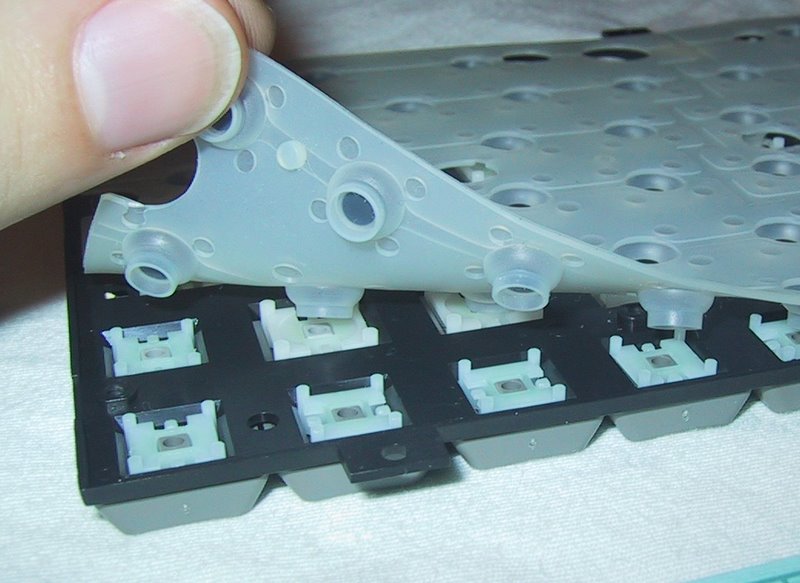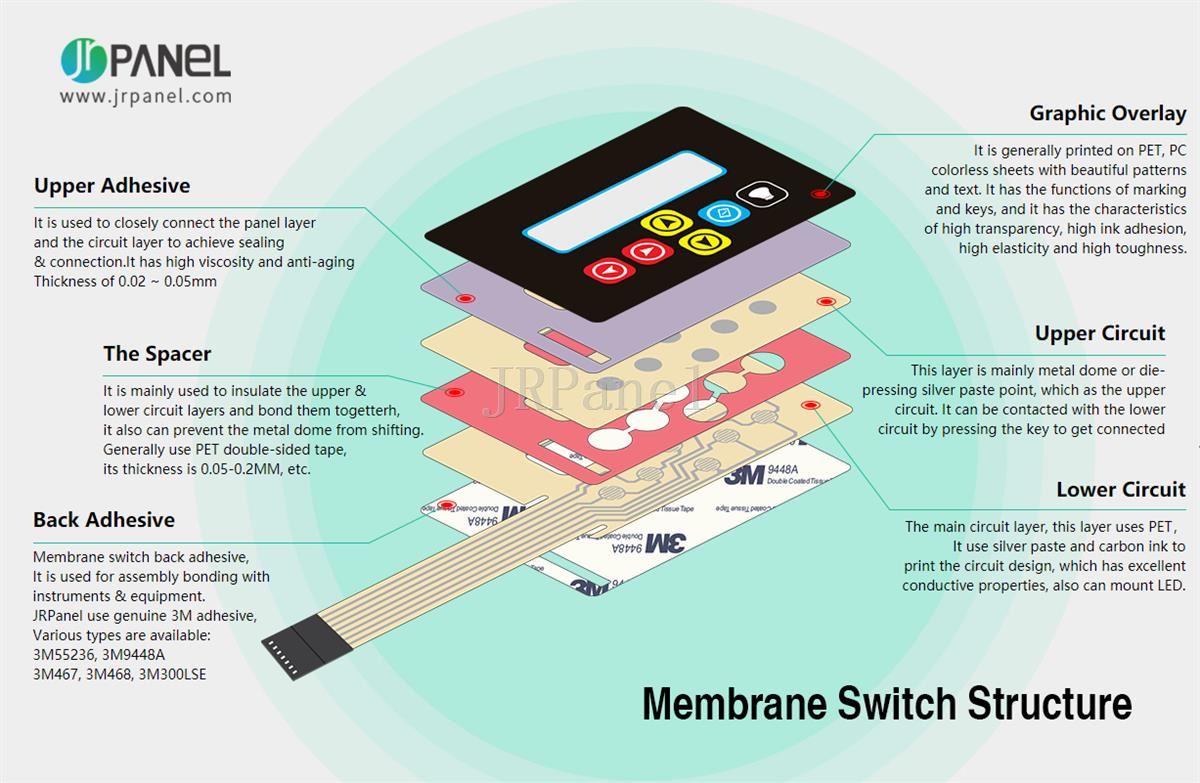Comprehending the Functionality of Membrane Layer Changes for Interface Instruments
The performance of membrane layer changes stands for a considerable improvement in interface design, integrating efficiency with aesthetic versatility. These buttons operate with a multi-layered framework that converts user communications into electric signals, enabling both compact layouts and strength against ecological elements. As sectors increasingly focus on individual experience, recognizing the nuances of membrane layer switch modern technology becomes necessary. What effects do these developments hold for future applications, and just how might they redefine user communications across different gadgets?
What Are Membrane Buttons?
Membrane buttons are cutting-edge user interface tools that facilitate individual interaction with electronic equipment. These functional components are composed of several layers, including a graphic overlay, spacer, and a published circuit layer. The design enables a smooth assimilation into different electronic devices, enhancing both the visual and functional elements of user interfaces.
Membrane switches are typically utilized in a variety of applications, from home devices to industrial equipment and medical gadgets. Their building normally includes a thin profile, making them an excellent selection for small designs. The tactile responses offered by these buttons can be engineered to meet details user choices, making certain efficient interaction between the user and the gadget.
Resilience is one more significant advantage of membrane layer buttons, as they are immune to dirt, moisture, and chemicals, which improves their life-span popular environments. In addition, these buttons can be customized in terms of form, dimension, and graphic style, permitting branding and user-specific functions. Overall, membrane switches stand for a functional service for enhancing individual experience in electronic tools, incorporating capability with aesthetic charm in an efficient fashion.
Just How Membrane Changes Job
Operating on a straightforward principle, membrane layer switches over use a split building to register customer input efficiently. Each switch includes multiple layers, including a printed circuit layer, a spacer layer, and a leading visuals layer, which are developed to interact perfectly. When an individual presses the leading layer, it compresses the spacer layer, bringing the conductive elements of the circuit layer right into contact with each other.
This get in touch with develops a shut circuit, signaling the device to execute a details function. The layout allows for different arrangements, including tactile comments, which can enhance the user experience by offering a physical feeling upon activation. The products made use of in membrane switches often consist of versatile substratums, such as polyester or polycarbonate, which make certain durability and strength against deterioration.

Trick Advantages of Membrane Layer Switches

Another significant benefit is their density. Membrane layer buttons are thin and light-weight, which enables manufacturers to conserve area in their devices without giving up capability. This function is specifically beneficial in applications where weight and volume are crucial considerations.
In addition, membrane switches are resistant to dirt, wetness, and chemicals, enhancing their toughness. This strength expands their life expectancy and reduces the requirement for regular substitutes, causing expense financial savings over time.
Additionally, the responsive feedback provided by membrane layer switches can be maximized to boost customer communication. They can include functions such as elevated switches or audible clicks, improving usability and customer experience.
Applications Across Industries
Customer user interface tools making use of membrane layer buttons are prevalent in a broad range of sectors, showcasing their versatility and functionality. Membrane Switch. In the medical sector, membrane layer switches are indispensable to devices such as diagnostic equipment and client monitoring systems, where their longevity and simplicity of cleaning are crucial for maintaining health requirements. In the automotive industry, these buttons are utilized in control panel controls and infotainment systems, giving a sleek and modern user interface for individuals.
Moreover, the consumer electronics industry advantages from membrane layer buttons in home appliances blog and portable tools, where small style and straightforward user interfaces boost customer experience. Industrial applications additionally leverage membrane layer switches over for control panels in equipment and automation systems, emphasizing their effectiveness and resistance to severe atmospheres.
In the aerospace and protection sectors, membrane layer switches are used in cabin controls and equipment, where integrity and performance under extreme problems are extremely important. Furthermore, the gaming market increasingly includes membrane layer buttons in controllers and game equipments, contributing to an Get More Info interesting customer experience. On the whole, the flexibility of membrane changes allows their prevalent usage across numerous markets, emphasizing their importance in contemporary user interface layout.
Future Fads in Membrane Layer Change Innovation

Additionally, using innovative materials, such as polycarbonate and polyester movies, is anticipated to climb, offering boosted durability and resistance to ecological stressors. These products contribute to the overall durability of membrane buttons, making them ideal for harsher commercial applications.
Moreover, the unification of clever modern technology, including IoT connection, will allow membrane layer buttons to connect with various other gadgets and systems, helping with a much more interactive individual experience. This trend aligns with the expanding need for wise devices throughout numerous industries, from health care to consumer electronics.
Last but not least, customization choices are prepared for to increase, permitting producers to develop bespoke options customized to certain customer requirements and preferences. this content These growths will place membrane switches as essential elements in the evolution of individual interface modern technology.
Verdict
In verdict, membrane layer changes represent a critical advancement in interface innovation, supplying a reputable and functional remedy for varied electronic applications. Their layered building helps with compact layout, while features such as tactile responses enhance customer communication. The sturdiness against ecological aspects further solidifies their utility across several industries. As improvements in material scientific research and touch picking up modern technologies continue, the functionality and applicability of membrane layer buttons are expected to increase, strengthening their significance in modern-day digital tools.